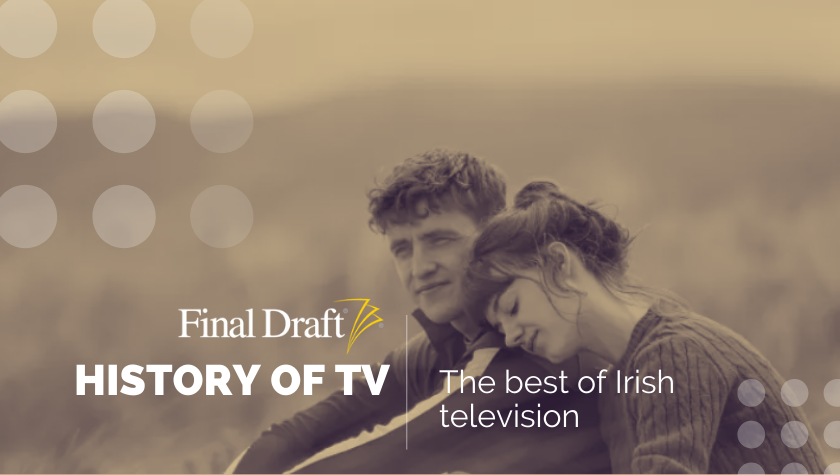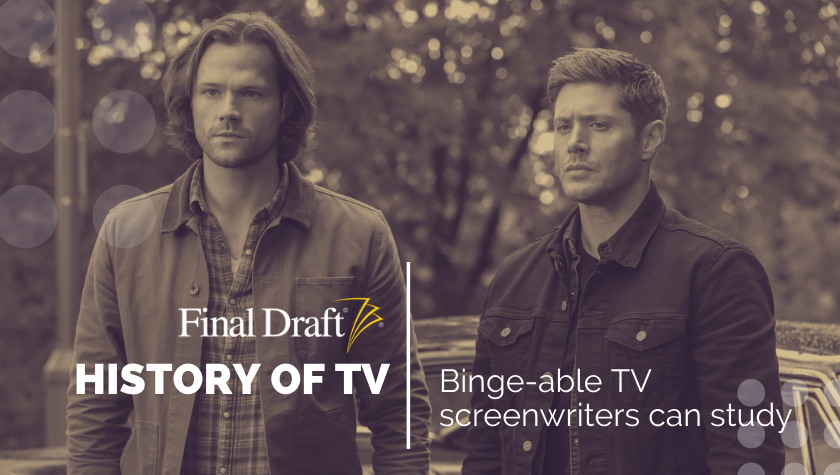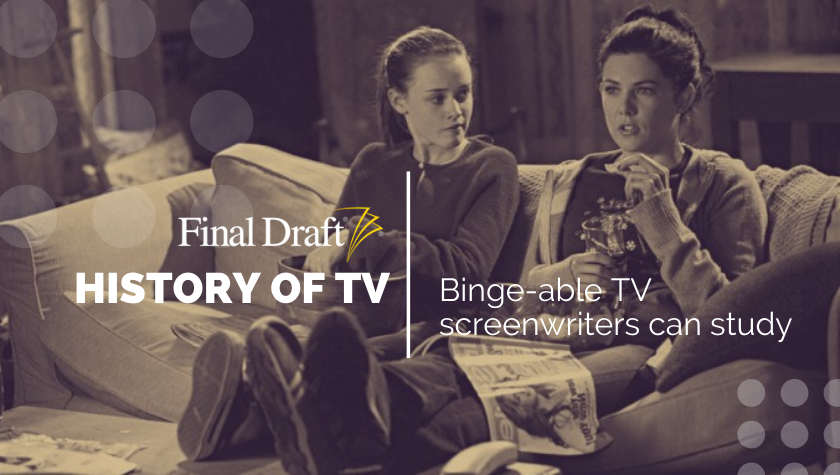History of TV: 'One Tree Hill' doesn't want to be anything other than what it is
November 18, 2021
And that is teenage drama at its best. I was halfway through university when One Tree Hill premiered on The WB back in 2003. A romantic teen drama? Not too far off from where I was in life and I, too, hailed from a small town where you either fell in the sports or the creative camps; much like in the fictional Tree Hill, North Carolina, where you were into the Ravens basketball team or you weren’t. The show was part of the era and thereby, a group of teen dramas where tropes still verged on original, love triangles ruled (I’d argue they still do, in one form or another), and soundtracks made for best-selling CDs (who remembers those?!)
When The WB merged with UPN to become The CW, One Tree Hill continued on until 2012, becoming the network’s fourth longest-running show behind Smallville, 7th Heaven, and Supernatural (which, let’s face it, is one of the longest-running shows of them all, with 327 episodes. Props to those who can name the nine behind it without Google. But I digress). One Tree Hill’s success and appeal are perhaps due to the teenage melodrama that many an audience loves — secretly, of course. But a romantic drama doesn’t stay on TV for nine seasons if no one’s watching. It also did something other shows of its ilk didn’t do in the early 2000s: it deep dived into real issues beyond “he loves me, he loves me not,” even if the result toppled over into ridiculousness at times. It was just like the car-crash trope the show couldn’t help but use season after season; you just couldn’t help but keep watching (even if it was just to find out if Nathan and Haley really did make it to forever).
The bond of brothers
The bond between half-brothers Lucas Scott (Chad Michael Murray) and Nathan Scott (James Lafferty) — from enemies and rivals on their high school’s basketball team to friends — anchored all the other relationships on One Tree Hill.
Lucas was undoubtedly the lead in the ensemble when the series started as the “kid from the wrong side of the tracks,” while Nathan was the popular athlete. What the two shared was the same father: Dan Scott (Paul Johansson, who also directed 14 episodes of the show). Making Dan the villain of the piece was also a genius little bit of characterization that would unite Lucas and Nathan while providing endless plot thanks to his nefarious deeds. And there were many.
The sports and soap operas of small-town life
While the Lucas-Nathan rivalry consumed the majority of season one, their relationship and life on and off the basketball court is what spawned all the other storylines and relationships — whether they were romantic, friendships, or the drama between adults in their lives (who provided just as much salaciousness as their children). The game itself was used to set up plays for the rest of the drama in the show.
Quintessentially network, One Tree Hill featured season-long arcs with the first four concentrated on the high school years of the fab five — Lucas, Nathan, Peyton (Hilarie Burton), Haley (Bethany Joy Lenz), and Brooke (Sophia Bush) — and those growing pains of adolescence (particularly, those that come with living in a small town). Haley dreams of getting out (with her music career), and yet ends up being the first to marry. Time jumped ahead four years to post-college in the fifth season and then again another year after season six; a smart choice that allowed the characters to face topics that were relevant to their aging audience.
There were also the pretty adult themes of shootings, suicide, career decisions, choosing one’s dreams over relationships, gambling, pregnancy, adoption... One Tree Hill handled the serious issues with care, while pushing the others into high-octane overdrive — no doubt an excellent strategy for network ratings and mid-season finales.
The fact that it’s set in the small town of Tree Hill serves to bring everything, or rather everyone, full circle. Just like Karen (Moira Kelly) tells her son Lucas in season one, and his best friend Haley, who marries his half-brother Nathan, tells their son Jamie in the finale: “There is only one Tree Hill … and it’s your home.” (And if that doesn't sound small town, I don't know what does).
Of note: the music
Like the evolution of its characters, the show’s iconic theme song was an anthem for adolescence. “I Don’t Want To Be” by Gavin DeGraw set the tone for the first four seasons (as it did the early 2000s in general for OTH fans). The song was reinstated in season eight with different artists performing it each episode.
Music played a large part within the show’s storylines as well, with Haley going off to pursue her musical dreams in season two. It was once revealed by the showrunner that every episode of One Tree Hill is named after a song, band or album that relates to that episode’s theme.
In retrospect
We stayed through the crazy for the characters (screenwriters take note). We will endure anything, as long as we care about who we're watching. And when it came to the kids in Tree Hill, we really, really cared. While many more joined the show after some of the core group left (Murray and Burton), we just really wanted to know what happened to them “in the end,” so to speak. Murray returned to give Lucas a send-off in the show’s swan-song season, as did Skills (Antwon Tanner) and Mouth (Lee Norris). And yes, Haley and Nathan endured it all.
On the other side of the camera, several of the cast directed episodes of One Tree Hill (Bush, Lenz, Lafferty, Kelly, Murray, Nichols) before going off to other things when the show ended. ‘Tis the season to find Murray, Lenz and Burton on the Hallmark Channel’s Countdown to Christmas programming, and Bush is probably best known recently for her role on the Chicago franchise.
Craving One Tree Hill again? Bush, Burton and Lenz created the Drama Queens podcast to recap and share behind-the-scenes memories. You can also stream the series on Apple TV.
Written by: Karin Maxey
After seeing her first big screen movie 007: License to Kill at age six, Karin naturally became obsessed with writing action-infused stories. The next time she’d see Benicio del Toro was in person, at the 68th Cannes Film Festival—he was there for the Sicario red carpet, she was there for her first produced short film in the basement of the Palais…same-same. In between, Karin earned a Creative Writing Degree and landed management at Echo Lake Entertainment. Her scripts have been a Big Break Top 3 finalist, HollyShorts Film Fest Official Selection, and a multi-Screencraft competitions semi-finalist. Karin is also a screenplay editor who delights in the process of polishing writers' work for submission. You can find her at www.writergirlkarin.com.- Topics:
- Discussing TV & Film




